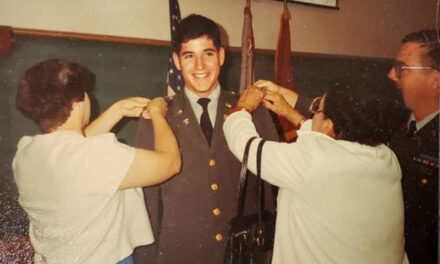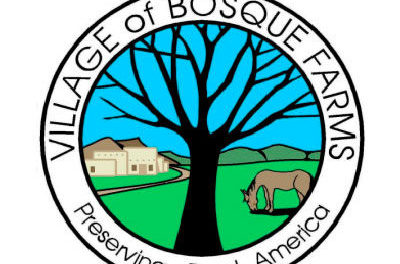Albuquerque
A court case to decide if stored water can be released from Heron Reservoir or other sources in order to help preserve the Rio Grande habitat of the silvery minnow will continue Wednesday, Sept. 18, at 9 a.m. in U.S. District Court in Albuquerque.
Chief Judge James Parker heard extensive background information during Monday’s trial about current amounts of water already stored and river flow rates. The Fish and Wildlife Service (FWS) presented its 33-page biological opinion regarding the plight of the silvery minnow last week, and that opinion does not favor releasing Heron Reservoir water this year.
Environmentalists have hired lawyers Letty Belin of the Land and Water Fund of the Rockies and Laird Lucas to present a case for releasing water for the silvery minnow. The Middle Rio Grande Conservancy District, the State of New Mexico, the City of Albuquerque and the Rio De Chama Acequia Association are all defendants.
Environmental groups want to keep enough water flowing in the Rio Grande to maintain the minnow’s habitat, which is now 5 percent of what it used to be.
According to the biological opinion, at least three other minnow species have disappeared from the river. Lucas disputed that Heron Reservoir water could not be released.
In the biological opinion, Judge Parker pointed out that the only mention of Heron water is on page 26.
“The Service (FWS) does not believe that the use of water in Heron Reservoir to benefit the silvery minnow during the remainder of this 2002 drought year is in the best interest of the long-term survival and recovery of the silvery minnow,” the report states.
Attorney Andrew Smith of the U.S. Department of Justice, who is appearing for the defendants, did not comment on the opinion and called his first witness, Leann Towne, to testify Monday.
Towne, a hydrological engineer for the Bureau of Reclamation for the past 12 years, became the bureau’s chief of water operations last year. Towne explained that Heron Reservoir’s full capacity is 400,000 acre feet, but it’s now at 128,000.
Last week’s rainfall, which amounted to almost two inches in the Belen area, did enable a significant savings of reservoir water that’s being released. However, recent rain is not enough to support supplemental irrigation in the Middle Rio Grande Valley, according to Towne.
“We actually increased our release today (Sept. 16) to 400 cfs (cubic feet per second) out of Abiquiu,” Towne said. “We estimate that will go to 600 cfs. That will carry us to roughly next week with the water that we have.”
The last year that even came close to this year’s drought was 1956, Towne said. “There are strong indications that we are in the beginning of a longer drought.”
Even though Towne refrained from making any predictions, the National Weather Service has predicted drought-like conditions will persist for the Southwest through 2003.
Arguing for the minnow, Lucas challenged Towne’s account of Heron Reservoir being depleted. “A release of 20,000 acre feet would have absolutely no effect on Heron?” Lucas asked Towne, who did not reply in response to data elicited from her graph chart.
“What I see here is that the only time that Heron would be drained is June, 2007,” Lucas said. “If we took 20,000 acre feet, your chart shows it would have no effect. Is that correct?”
“Yes,” replied Towne.
Towne went on to explain that the lowest amount of water ever has been diverted from the San Juan-Chama basin in order to replenish Heron.
“This year, we’re looking at just 6,000 square acre feet diverted into Heron Reservoir, the lowest on record,” Towne said.
According to one member of the Bureau of Reclamation, Heron had roughly 250,000 to 275,000 acre feet of water in April, 2002. One hydrologist at the trial estimated Heron currently has 168,000 acre feet of water, while Abiquiu Reservoir has 15,200 and El Vado Reservoir 8,200.
The water stored at Abiquiu is reserved for the City of Albuquerque, according to the city’s attorney, Maria O’Brien.
“The City of Albuquerque supplied more than 200,000 acre feet of water for the minnow,” O’Brien said Monday. “There is 20,280 square feet of water at Abiquiu that is fully committed to city uses. All of that 20,280 square feet is dedicated to drinking water use.”
“The argument here is that the Bureau of Reclamation has no jurisdiction over that water at Abiquiu,” Judge Parker said.
The question of how the water will be used has yet to be determined.
Wednesday’s trial, set to begin at 9 a.m. in U.S. District Court, will hear testimony from five new witnesses, including Area Manager Ken Maxey of the Bureau of Reclamation, which deals with water flow, and Regional Director Dale Hall of the Fish and Wildlife Service.















